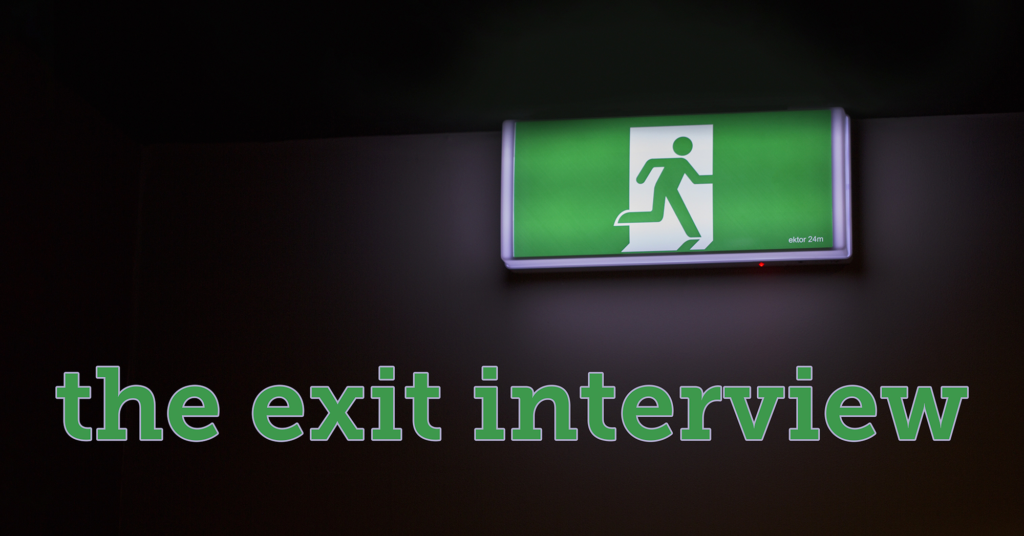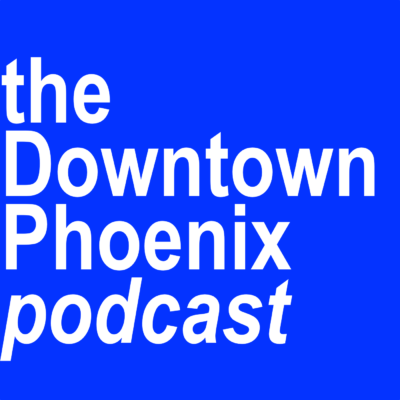This year marks the conclusion of my service on the Midtown Neighborhood Association Board. In that spirit, I offer five Midtown accomplishments from 2018.
 This year wraps up my tenure as Board President as well as my service on the Board of the Midtown Neighborhood Association. One of the greatest honors I have known in my young advocacy career has been to be President of the Midtown Neighborhood Association Board. In the spirit of looking back, I thought it would be appropriate to outline some of what I think are the biggest Midtown accomplishments that I’ve had a hand in over my tenure as a Board Member and as Board President in these past couple of years.
This year wraps up my tenure as Board President as well as my service on the Board of the Midtown Neighborhood Association. One of the greatest honors I have known in my young advocacy career has been to be President of the Midtown Neighborhood Association Board. In the spirit of looking back, I thought it would be appropriate to outline some of what I think are the biggest Midtown accomplishments that I’ve had a hand in over my tenure as a Board Member and as Board President in these past couple of years.
Let me be absolutely clear that none of these Midtown accomplishments are my own. I was extremely fortunate to work with a dedicated group of Board colleagues that constantly challenged each other to think about what a urban-serving neighborhood association should look like. These accomplishments were made possible because of their commitment to midtown Phoenix. Our Board worked to establish consensus not only on our mission imperatives but in how we decided to execute upon those imperatives.
It is therefore in that spirit (and because it’s been unacceptably long since I’ve rolled out a Friday Five post) that I thought it appropriate to encapsulate what I think are the five greatest accomplishments that I’ve had a hand in as part of the Midtown Neighborhood Association Board.
5. We continued to deepen partnerships with other leadership organizations and leveraged their reach to help the Association’s mission. I think one of the most enduring of these Midtown accomplishments is that we continued to develop and deepen partnerships with other Phoenix leadership organizations. The Midtown Neighborhood Association is a dues-paying member of Phoenix Community Alliance and it was imperative for me to make sure we were engaging that group for all we could. While, at best, we could try to wrangle advertising for our quarterly magazine, The MUSE, or sponsorship for our major events, at worst, we were out in the community showing that we are a force for midtown Phoenix.
4. We were able to use our connections with kindred organizations on a shared advocacy agenda. One of the ongoing issues with central-city Phoenix advocacy is that many organizations have blinders on to only the issues happening in their neighborhoods and missing the greater picture. Top-of-building signage has been a big issue since the owners of the BMO Tower (1850 N Central Avenue) inaugurated their sign. When similar signs were proposed for two towers in Downtown in late 2017, we worked with our partners at the Phoenix Downtown Neighborhood Alliance (PHXDNA) on trying to create guidelines for top-of-building LED signage. As I’ve written previously, the issues that Midtown faces are largely the same as Downtown, and it’s imperative that organizations work together to lift and amplify each other’s voices.
3. We continued on the journey of implementing a committee structure. Like all of these, this one in particular was a joint lift involving many of my Board colleagues. The sustaining idea behind this is that we wanted to divorce Association-related tasks from individual people and put those roles in institutional committees that persist. This is also a great avenue to engage the community in our work! While it was a slow start this year, the foundations have been firmly established and it will only continue to grow.
2. We co-presented The Central-City Phoenix Neighborhoods Mayoral Debate in September. I reached out to my friends and fellow neighborhood organization presidents at Downtown Voices Coalition and PHXDNA to see about co-presenting a mayoral debate that was relevant to issues we face in urban Phoenix neighborhoods. Despite the disruption of fire alarms, we did the only debate on central-city Phoenix issues on 26 September 2018 at Burton Barr Library. KJZZ’s Christina Estes moderated using questions and themes developed by our three organizations’ boards and all four mayoral candidates were in attendance. Unique to our debate, we discussed issues like homelessness, transportation, and what the candidates’ plans were to build consensus in City Hall.
1. Midtown’s on the map. The big announcement for Phoenix in 2018 was that Creighton University is set to build a new campus in Midtown at Park Central Mall. With this campus, thousands of students, faculty, staff, will become a part of the Midtown community. Just as light rail and ASU aided in transforming downtown Phoenix, Creighton’s expansion has the potential to transform Midtown, and especially in concert with the transformation going on at Park Central Mall. As I have said, as Park Central goes, so, too, does Midtown. This is a tremendous opportunity and it’s incumbent on any Midtown leadership organization to be sure to capitalize on this tremendous gift.
Even though my service on the Midtown Neighborhood Association Board is about to come to a close, by no means is this the end of my commitment and dedication to Midtown advocacy! I’ve lived in Midtown now for the better part of 13 years. As 2019 rolls in, I hope to have some announcements to share about the next chapter in my Midtown–and urban Phoenix–advocacy.
There is still a lot to do and an uncertain future ahead of us. Let’s get to work.

 When I prepared my midtown Phoenix history lecture last year,
When I prepared my midtown Phoenix history lecture last year,  After attempts in other cities,
After attempts in other cities,  From the outset of the discussions about what the City of Phoenix should do with Talking Stick Resort Arena in downtown Phoenix,
From the outset of the discussions about what the City of Phoenix should do with Talking Stick Resort Arena in downtown Phoenix, 









 This year wraps up my tenure as Board President as well as my service on the Board of the
This year wraps up my tenure as Board President as well as my service on the Board of the 

 It’s been a bit quiet on this blog to start out 2018. Sorry about that.
It’s been a bit quiet on this blog to start out 2018. Sorry about that.  I hate to rain on the Phoenix good news parade and that “Phoenix on the rise” video…
I hate to rain on the Phoenix good news parade and that “Phoenix on the rise” video…